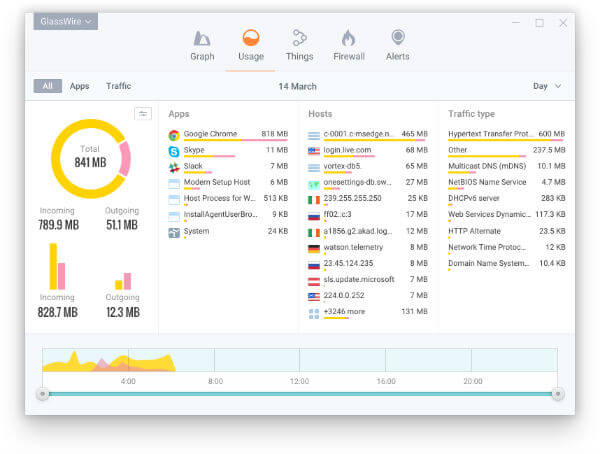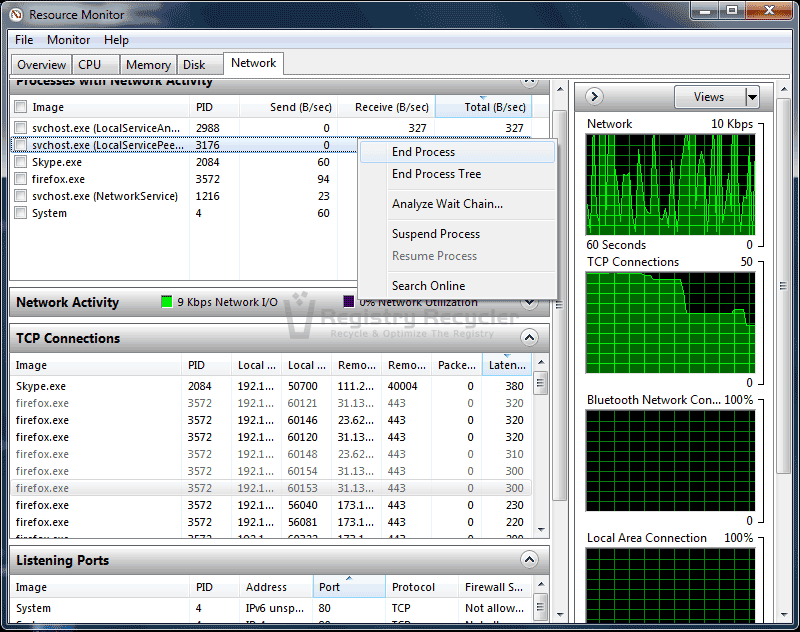

CollectlĬollectl “collects data that describes the current system status”. It shows you (live) the individual RX (received data) and TX (transmitted data) totals, along with a combined total for each network interface.

Bwm-ngīwm-ng is a live, next generation bandwidth monitor for network and disk input and output. It displays the RX bps (received data at a rate of bytes per second) and TX bps (transmitted data at a rate of bytes per second) of your network interface(s). For those of you who like to do the experimenting yourself, the complete list of network-monitoring-related tools that I started with is:įor those of you who do not like to experiment, the following are my comments on the tools that I installed and tested: Bmonīmon is a “bandwidth monitor and rate estimator”.
#Bandwidth monitoring tool windows 7 install#
Of the eighteen tools that I experimented with, only nine were easy to install (or were already installed) on Fedora, and of those nine, only eight appear to be functional. Many command-line tools are available on Linux for network-monitoring.

My research resulted in several promising candidates. With that question in mind, I have spent time in the past experimenting with various means of monitoring bandwidth, to see how much I actually use on my PC. Bandwidth is a prized commodity - and generally in short supply - in my household.ĭue to this preciousness of bandwidth, the question of “where does it all go?” soon arises.


 0 kommentar(er)
0 kommentar(er)
